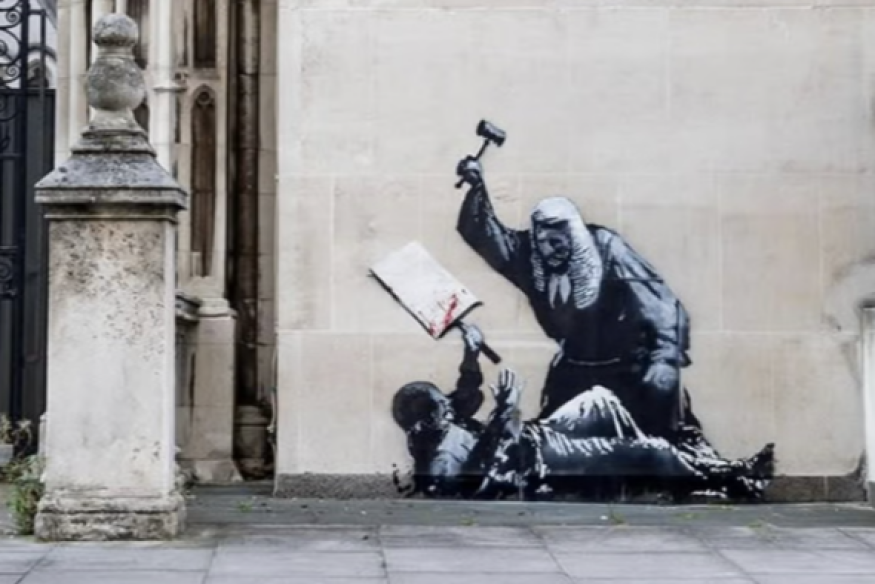
March 22, 2025
BY ESHERU KWEKU
Statue Of Liberty The Missing Link Of A Darker American History
The Statue of Liberty, a symbol of freedom and democracy, has long stood as an iconic representation of freedom in the United States. However, recent findings by Dr. Joy DeGruy have shed light on a lesser-known aspect of its origins, revealing a deeper and more complex history.
The Original Vision
French sculptor Frédéric-Auguste Bartholdi, a staunch abolitionist, designed the Statue of Liberty as a gift from France to the United States, commemorating the centennial of American independence and celebrating the abolition of slavery. The statue was officially dedicated on October 28, 1886. Initially, Bartholdi envisioned the statue holding broken chains in her hands, symbolizing the end of oppression and the liberation of enslaved people. This powerful imagery was intended to highlight the triumph of freedom over slavery.

Dr. Joy DeGruy's Discovery
During her travels to France, Dr. Joy DeGruy uncovered historical documents and early sketches of the Statue of Liberty that confirmed Bartholdi's original design included broken chains in Liberty's hands. These findings were further corroborated by her research in the basements of Ellis Island, where she discovered additional documents that detailed the statue's initial concept.
Dr. DeGruy's research revealed that powerful American leaders pressured Bartholdi to alter his design. They feared that the prominent display of broken chains would provoke backlash, particularly in the Southern states, where racism and the legacy of slavery remained deeply entrenched. As a result, Bartholdi reluctantly moved the chains to Liberty's feet, where they are less visible to the public.
A Comparison with Barbados' Emancipation Statue
The Emancipation Statue in Barbados, also known as the Bussa Statue, offers a striking contrast to the Statue of Liberty's revised design. Created by Barbadian-Guyanese sculptor Karl Broodhagen, the statue depicts an enslaved African breaking free from chains. This powerful image stands proudly at the centre of the J.T.C. Ramsay roundabout in Bridgetown, symbolizing the resilience and strength of those who fought for their freedom.
Unlike the Statue of Liberty, the Emancipation Statue's message is clear and unambiguous. It directly confronts the history of slavery and celebrates the triumph of emancipation. This stark difference highlights how historical narratives can be shaped and altered by societal pressures and political considerations.

Recent Controversy
Recently, a French politician, Raphaël Glucksmann, suggested that the U.S. should return the Statue of Liberty, criticizing America's current political climate and claiming it no longer values the principles the statue represents. This sparked a heated response from the White House, with Press Secretary Karoline Leavitt stating that the U.S. would "absolutely not" return the statue and reminding France of America's role in their liberation during World War. The spat has highlighted ongoing diplomatic tensions and differing perspectives on the statue's symbolic significance.
The Legacy of Hidden Truths
'The Post Truamatic Slave Syndrome' author's findings underscore the importance of uncovering and acknowledging the full history behind iconic symbols like the Statue of Liberty. By understanding the original intent and the subsequent alterations, we gain a deeper appreciation for the complexities of history and the ongoing struggle for truth, freedom, and equality.








